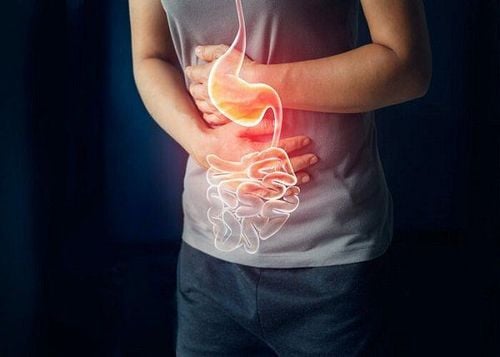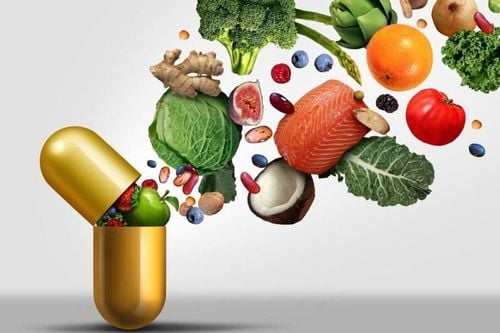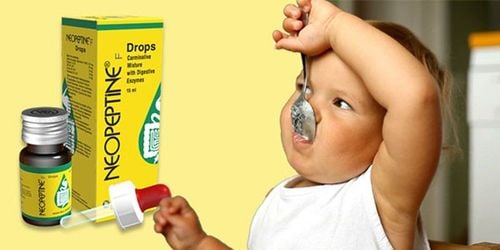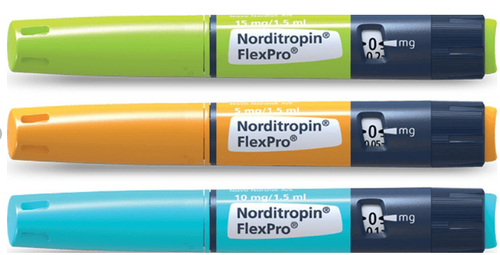This is an automatically translated article.
The article was professionally consulted by Doctor Department of Medical Examination & Internal Medicine - Vinmec Hai Phong International General Hospital.
Short bowel syndrome (SBS) occurs when the small intestine is no longer working properly due to injury, disease, or when too much of the small intestine is removed. SBS leads to inadequate absorption of nutrients and fluids as well as chronic diarrhea that occurs frequently.
Patients with short bowel syndrome can experience dehydration, malnutrition, fatigue, weight loss, and a host of other health problems. Treatment for this syndrome includes following a strict diet, medication, and other surgeries.
1. The structure and function of the intestine
The intestines include the small intestine and the large intestine, also known as the colon or colon. The intestine is the organ that plays an important role in the digestive tract, with the task of digesting food into nutrients and helping to absorb nutrients from the intestines into the bloodstream.
The small intestine is about 4.5-6m long, the part of the digestive tract. Most of the digestion of food and absorption of nutrients takes place in the small intestine. The small intestine includes the duodenum, jejunum, and ileum:
The duodenum — the first part of the small intestine where iron and other minerals are absorbed — The jejunum — is located in the middle part of the small intestine, which is responsible for function to absorb carbohydrates, proteins, fats, and most vitamins The ileum — the lower part of the small intestine where bile acids and vitamin B12 are absorbed The large intestine is about 5 feet long in an adult and absorbs water and any other substances. Any nutrients left over from partially digested food go from the small intestine. The large intestine then converts waste from liquid to solid form called stool.
To ensure the function of the digestive tract, after removing part of the intestine, the rest can be gradually adapted. To be able to absorb nutrients that were previously absorbed by the removed intestine. There is a tendency for structural changes to occur in the remaining parts of the intestine. You can still be nourished normally with the remaining intestine if in the case some of the intestines have to be removed.
However, it takes a certain amount of time for the intestines to adapt to this change. Patients may not absorb nutrients, fluids, vitamins, and minerals as they did before surgery in the period immediately following surgery.
MORE: Specific dietary information for patients with short bowel syndrome
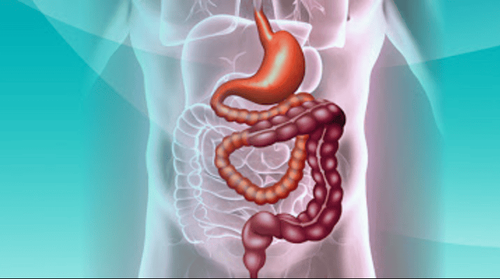
2. Consequences of short bowel syndrome
Short bowel syndrome is a group of problems associated with malabsorption of nutrients. Short bowel syndrome usually occurs in the following cases:
At least half of the small intestine has been removed and sometimes all or part of the large intestine has been removed Significant damage of the small intestine Poor motility Short bowel syndrome with can be mild, moderate, or severe, depending on how active the small intestine is.
People with short bowel syndrome cannot absorb enough water, vitamins, minerals, protein, fat, calories and other nutrients from food. Which nutrients the small intestine has trouble absorbing depends on which part of the small intestine has been damaged or removed.
Short bowel syndrome can cause a number of consequences as follows:
Patients have diarrhea: the short intestine causes the process of water reabsorption to decrease. Raw faeces, fatty stools Decreased absorption causes malabsorption syndrome Without appropriate treatment, patients with short bowel syndrome are at high risk of malnutrition. SEE ALSO: Controlling the sugar - protein - fat triad for patients with short bowel syndrome

3. Can short bowel syndrome be prevented?
Short bowel syndrome is a rare condition. Each year, short bowel syndrome affects at least 3 out of 1 million people worldwide.
Currently scientists have not found a way to prevent congenital short bowel syndrome because the cause of this condition is unknown.
Please dial HOTLINE for more information or register for an appointment HERE. Download MyVinmec app to make appointments faster and to manage your bookings easily.





